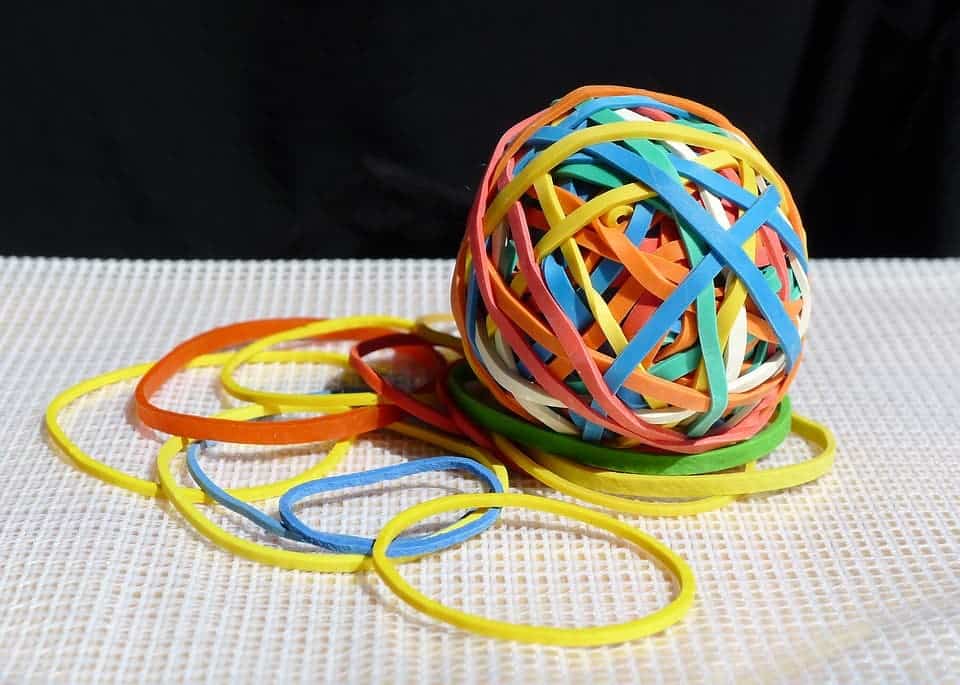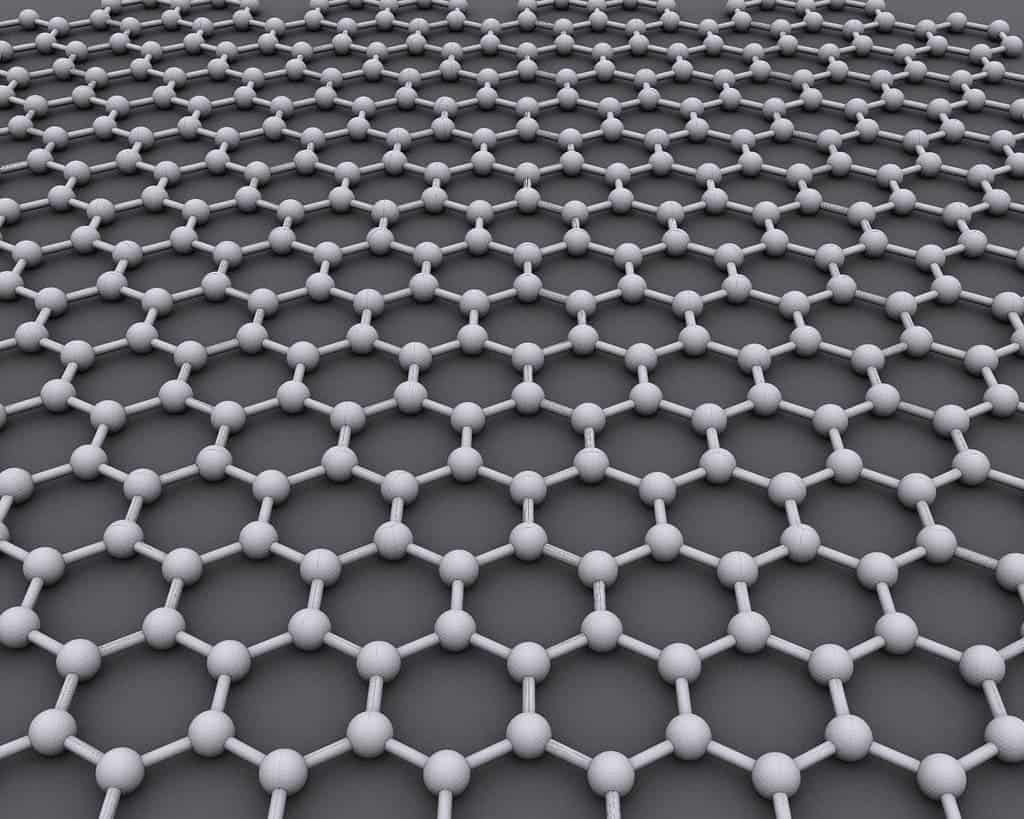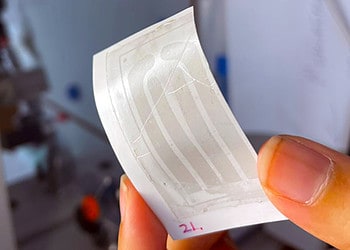Hot Springs-based Alliance Rubber Co. teamed up with British researchers to make the humble rubber band eternal — by adding graphene.

Graphene really is an incredible material. These atom-thick sheets of pure carbon are ridiculously strong, much stronger than steel and almost every other material we’ve ever discovered. Back in 2008, Columbia University engineer James Hone said that it would take an elephant standing on a pencil to pierce through a sheet of graphene as thick as a regular food wrap. So researchers are trying to mix it into all kinds of materials in an attempt to capitalize on its strength. For example, a recently-published paper details how researchers have been feeding water laced with graphene and carbon nanotubes to spiders so they’re spin ultra-durable silk strands.
Put a band on it
Now, the rubber band manufacturer is looking to bring graphene into the mix and level-up their product. Alliance plans to start a three-year-long partnership with researchers from the University of Sussex, during which they’ll work out the perfect graphene-rubber mix for the bands, says Alliance’s director of business Jason Risner. Too little graphene will result in sub-optimal bands; too much, and they’ll lose elasticity.
Graphene rubber bands aren’t new, however — the two have been mixed before. But what Alliance hopes to do is optimize this design, and get as much strength out of the bands as possible without sacrificing flexibility, allowing them to withstand years of use and abuse. After they figure out the best recipe for the task, the company plans to have virtually unbreakable rubber bands which it can sell to a wide range of industries, from retailers and wholesalers to agribusiness and tech companies, Risner explains.
The mixed-in graphene will address some of the shortcomings of traditional rubber bands. For example, they’ll be anti-static, a critical requirement for companies handling electronic goods — which considered rubber bands anathema up to now, as they easily build up static charges that wreck circuit boards.

As the graphene-infused bands are expected to last much longer than their rubber-only counterparts, the company is also considering embedding them with radio-frequency identification (RFID) tags or pigments that change color with temperature or time. Alliance says this holds enormous potential for farmers and shops. The tags would allow for much easier and cheaper tracking of products from field to aisle. The pigments would allow stores to track the condition goods are delivered in by showing whether or not produce adhered to temperature standards before delivery.
“They could reject [produce] at the store because [the band] changed colour based on temperature,” Riesler explains.
The RFID-color system would also enable customers to get a lot of information about a product with only a short glance. If a certain item comes normally comes with a blue band, seeing a black band on it would let you know the product’s been improperly handled.
But perhaps the single most satisfying achievement would be to finally have rubber bands that don’t break. That’s why the company plans to eventually mix graphene into every band it produces.






